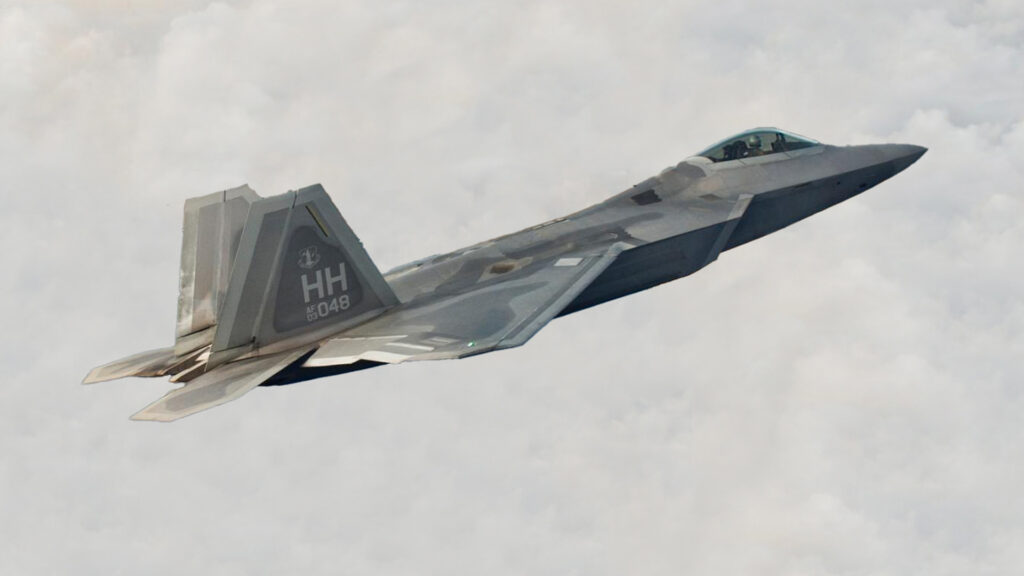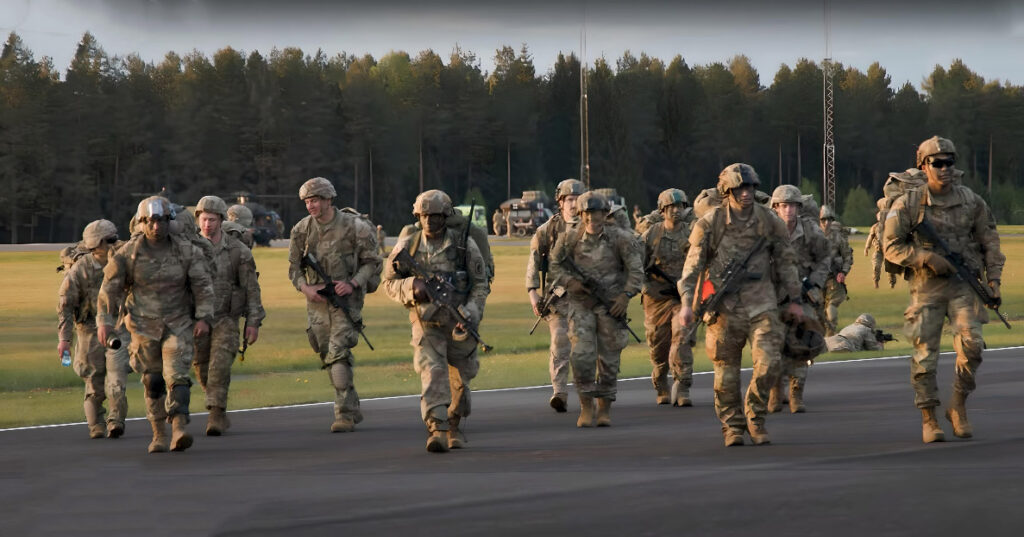The U.S. Air Force has begun a large-scale modernization of its F-22 Raptor fighter jets, transforming them into command hubs capable of directing next-generation combat drones. This development marks a significant shift in aerial warfare, where human pilots and autonomous machines will operate side by side in real combat environments.
Each of the 142 F-22s will be equipped with a special upgrade kit, including a touchscreen tablet and advanced software interface. These systems will allow pilots to control swarms of drones directly from the cockpit — assigning routes, setting target priorities, and even authorizing drones to engage targets autonomously. Communications will be transmitted through the secure Inter-Flight Data Link (IFDL), a system already in use for tactical data exchange between F-22 aircraft, known for its resistance to jamming and data integrity.
This effort is part of the broader Collaborative Combat Aircraft (CCA) program under the Next Generation Air Dominance (NGAD) initiative. Its aim is to develop a fleet of up to 1,000 autonomous drones that will not only support but actively fight alongside piloted aircraft.
Initial prototypes — the YFQ-42A from General Atomics and the YFQ-44A from Anduril — are currently undergoing ground testing, with first flight trials expected in summer 2025. These drones will be capable of performing a wide array of missions, from reconnaissance to precision strikes, either under pilot command or in semi-autonomous mode.
The program holds both technological and strategic significance. It enhances the capabilities of existing aircraft while extending their operational relevance amid rapidly evolving defense technologies. Despite its age, the F-22 remains a core component of U.S. air power. Adapting it to drone operations represents a forward-looking and cost-effective modernization step.
Each upgrade kit costs approximately $86,000, with the total program budget for 2026 reaching around $12.2 million. In the long run, the program also envisions full integration across all branches of the armed forces, including the Navy and Marine Corps, ensuring cross-service drone compatibility.
At Nellis Air Force Base in Nevada, an Experimental Operations Unit is already developing and testing tactics for human-drone collaboration in realistic scenarios. According to defense analysts, the ability of manned and unmanned platforms to operate cohesively could fundamentally change the dynamics of air combat. This is especially critical in light of rapid advancements in drone and AI capabilities by competing powers.
This modernization isn’t just an incremental upgrade — it represents a paradigm shift in the way future wars may be fought. Air missions are becoming more adaptive, more high-tech, and more responsive to the complex and fast-changing realities of modern battlefields.



